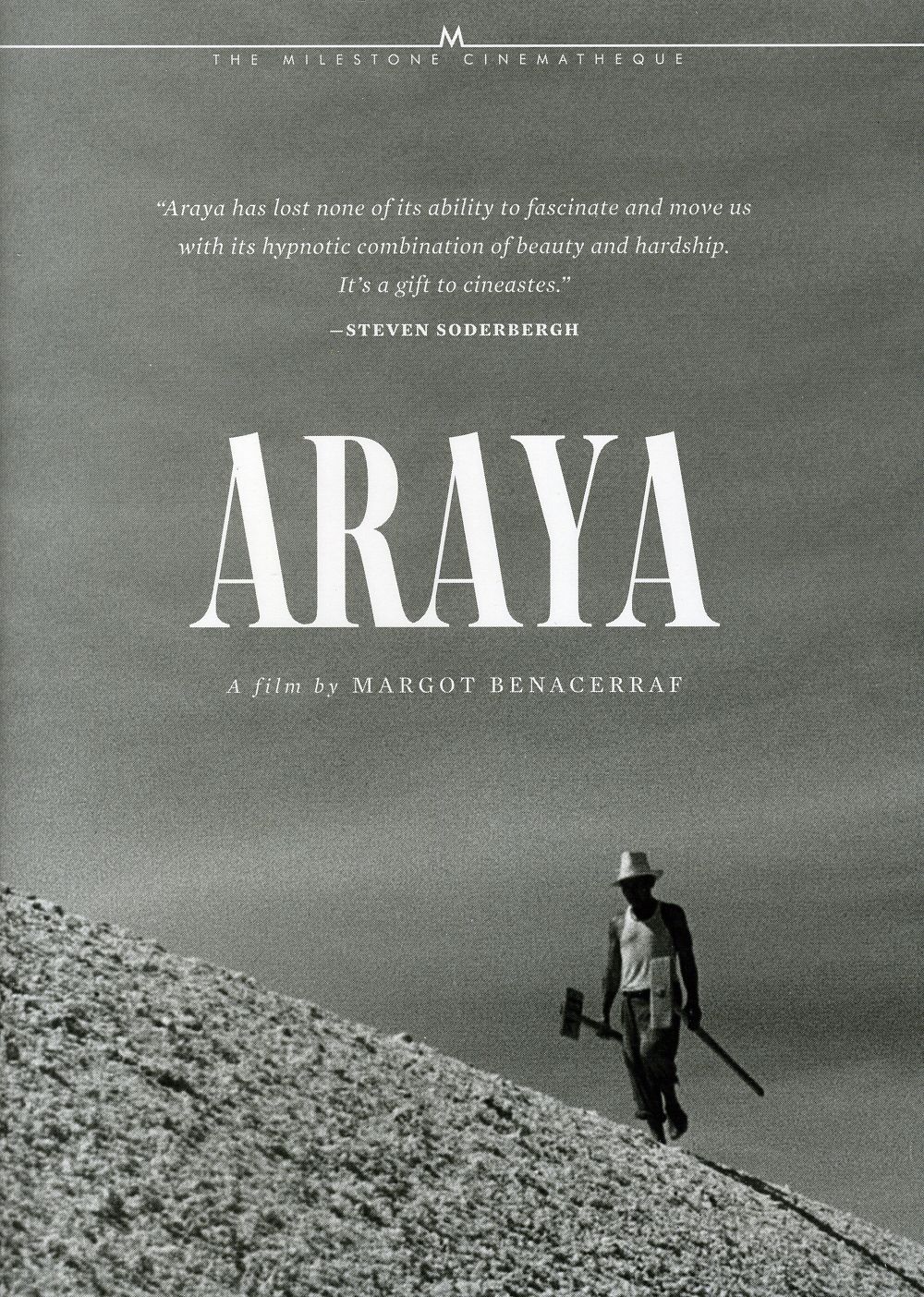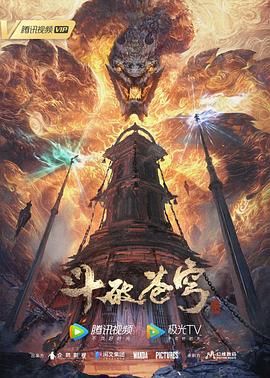- 1.жҜ’зӘғд№Ӣеҫ’жӣҙж–°иҮі07йӣҶ
- 2.жҲҳж —дёӣжһ—HD
- 3.жҲҙеӨ«й“¶иЎҢ2еӨ§иҖізӘҝHD
- 4.е…ӯеҚҒеӨ§е©ҡе…Ё48йӣҶ
- 5.йғҪдјҡеҘҪзҡ„е…Ё102йӣҶ
- 6.еҝҶиө·йқһжҙІ иө°иҝӣйқһжҙІз¬¬дәҢз« еҸӢи°Ҡең°д№…еӨ©й•ҝ жҷ®йҖҡиҜқзүҲжӯЈзүҮ
- 7.иҢ¶зӣ—жӯЈзүҮ
- 8.дҫ зӣ—й«ҳйЈһпјҲеӣҪиҜӯзүҲпјүжӯЈзүҮ
- 9.еӨҚд»Үж–°еЁҳ AжӯЈзүҮ
- 10.иҝҷеҚҒе№ҙ第50йӣҶ
- 11.зҒ°е°ҸдјҷжӯЈзүҮ
- 12.еЁ¶дёӘзҡҮеҗҺеҪ“йңёжҖ»з¬¬11йӣҶе®Ңз»“
- 13.е·ҰиҪ®еҘіз…һжҳҹHD
- 14.зҠҜзҪӘзІҫиӢұHD
- 15.е‘Ҫе®ҡе©ҡе® е·Іе®Ңз»“
- 16.еҘ№д»Һжҳҹе…үдёӯиө°жқҘе·Іе®Ңз»“
- 17.еҘ№еңЁжҳҹжІід№Ӣе·һе…Ё80йӣҶ
- 18.жҲ‘еңЁжёёжҲҸйҮҢжүҫдәҶдёӘйңёжҖ»иҖҒе…¬е·Іе®Ңз»“
- 19.жҲ‘жңҖдәІзҲұзҡ„е…Ё44йӣҶ
- 20.еӣҙд№ӢжЈӢHD
《阿(👷)拉亚》是委(wěi )内瑞(ruì )拉传(🏽)奇女导演玛戈(gē )·(😘)贝(bèi )纳塞拉芙唯一(yī )一部纪录长片,它在拉美(🍖)影史上占(zhàn )(🐮)有相当重要(yào )(📿)的(de )(🌫)位置,是委内(🌗)瑞拉民主后第一部获得国际(🎩)声誉的电影(🕖),当年在嘎纳它与阿伦·雷(léi )奈的(🛺)《广岛之恋》共同分(fèn )享了国际(jì )评论(🥀)家(🕕)奖,也都(🤷)获金(jīn )棕榈提名却(què )(🧚)最终(zhōng )未(wèi )果,尽管名气不如(🔢)《广岛(dǎo )之恋》和《黑(🥔)人奥菲尔(ěr )》那(nà )么大,但在(zài )专业人士眼中此片一直都(dōu )(🈴)是研究(jiū )拉美(měi )女(🧤)性电影所必修的经(👺)典,影片出色(sè )的(🐀)摄影时常(cháng )被人们所赞美,是与卡拉托(tuō )佐夫(fū )的《我(💍)是古(gǔ )巴(bā )》齐名的诗意(🌹)电影杰作,法(🃏)国著名导演让·雷(💯)诺阿在看(kàn )过影片(piàn )后称赞(📧)《阿拉亚(yà )》是(🔤)他所(💏)见过最完(wán )美的纪录片(piàn )之一。贝纳(nà )塞拉芙(fú )就像(👄)是委(🆙)内(🖍)瑞拉影坛(tán )的(de )特(📞)吕(⏳)弗和(hé )亨(🎐)利(lì )·朗格(gé )鲁瓦,她(📤)不仅(jǐn )是(🔪)第一位毕业于(yú )巴(bā )黎(🤼)电影学院(yuàn )(IDHEC)的拉美导演,而且在(zài )(🈳)1966年创(💕)办了委内瑞拉电影资料馆,虽(💨)然由(🙅)于(🛃)资(zī )金短缺问(🚓)题,她个人的导演生(shēng )(🏆)涯并不(bú )(🎁)顺利,作品(🐸)也很(🕌)少,但却(què )为(🈺)新委内瑞拉电(diàn )影(yǐng )的发(🍗)展成立基(jī )金会,并曾(céng )获得世(🥈)界各国的无数荣誉和(🌶)勋(🦄)章。 转(🏉)自(🌸)AUESS的博(bó )客资料(http://blog.sina.com.cn/s/blog_497f6a250100cxm0.html) Shown at Cannes in 1959, the year after Venezuela's last dictator Marcos Perez-Jimenez was overthrown, the documentary inadvertently highlights the kind of exploitation of the poor that can lead to rebellion. While the dictator escaped to Miami with $13 million, salt workers were piling up mounds of salt on the flat sands, making barely enough money to keep them in arepas and black beans. Between the hot, tropical climate and the sores on their feet, the job these workers do every day is excruciating. Yet the lives of the fishermen and salt workers in this documentary are shown in the context of planned, upscale development, something of a disservice to the larger picture. With not much making a great impression thus far at the Berlinale, Margot Benacerraf's lovely documentary Araya comes as a breath of fresh air from 1959. Reminiscent of Agnes Varda's debut film La Pointe-courte (1954) in its artful but somewhat ambivilant attitude towards filming a local community and their work clearly admired by the filmmakers, Benacerraf's film focuses on the inhabitants of Araya, a desolate area in Venezuela subsiding through a long history on the wealth of its great salt marshes. Araya was originally compared to Flaherty's Man of Aran, Visconti's La Terra Trema (1947) and Rossellini's India (1957). Margot Benacerraf has described the film as "a cinematic narration based on script writing rather than a spontaneous action, a feature documentary, the opposite of Italian neorealism".
вҖҰвҖҰ







